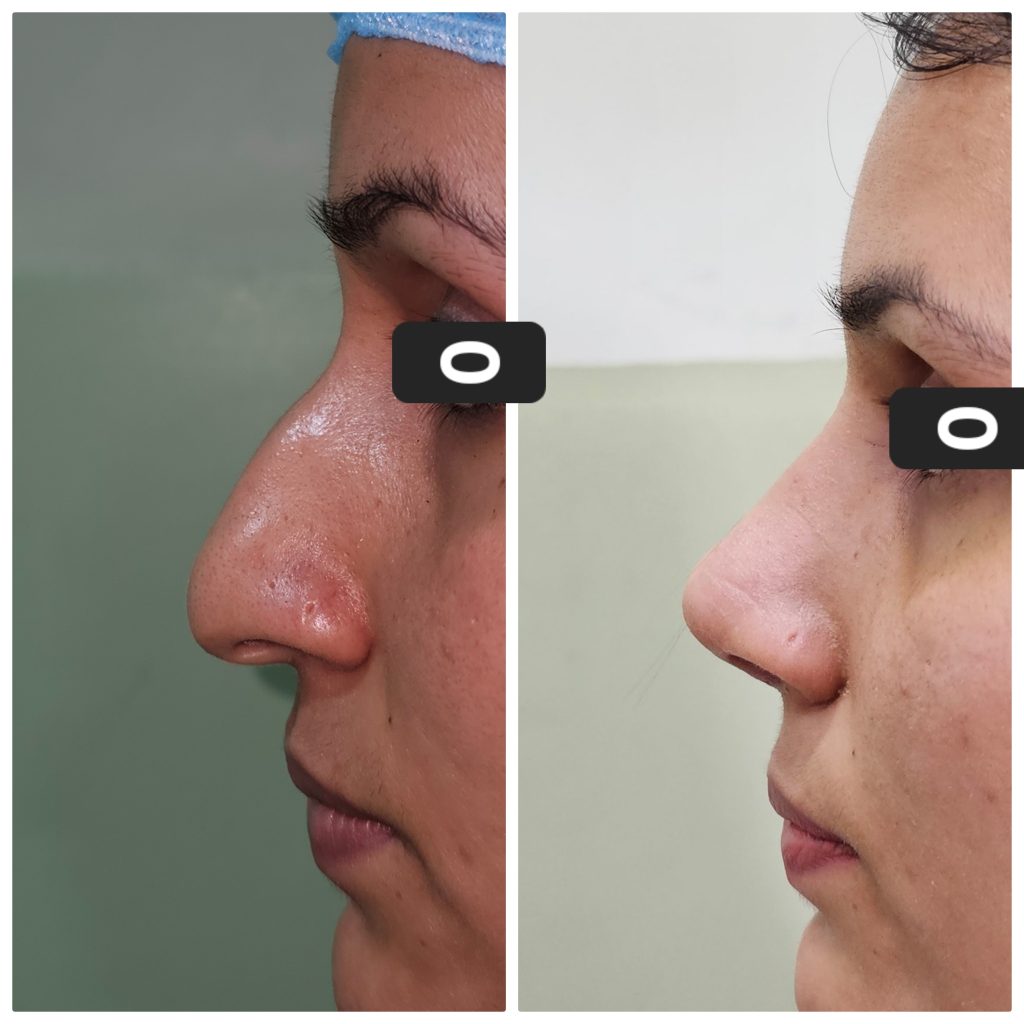Spreader Graft and Spreader Flap in Dorsal Reconstruction Following Hump Reduction in Primary Open Rhinoplasty

Rhinoplasty, sometimes referred to as a “nose job” or “nose reshaping” enhances facial harmony and the proportions of your nose. It can be done for medical reasons such as to correct breathing problems related to the nose or correct disfigurement resulting from trauma or birth defects. It can also be done for cosmetic reasons, which will change the nose’s shape and appearance. A humpy nose is among the main reasons for rhinoplasty. Removal of the hump usually leaves a flat and open roof, causing weakness of tissues at the junction of septal dorsum and upper lateral cartilage, and compromises the nasal valve angle. Following the reduction of the nasal hump to a desired level, spreader grafts and spreader flaps are usually positioned to prevent the complication of nasal valve collapse. The placement of spreader grafts and spreader flaps alongside the nasal dorsum has been reported to prevent this problem. In addition, they restore the dorsal aesthetic lines of the nasal dorsum.
Auto-spreader flap is a new technique that gained more popularity recently and can be used as an alternative to spreader graft. It is less invasive as the upper lateral cartilage is rolled on itself to form its own flap as described by Fomon and developed later by Gruber. This technique avoids harvesting and carving cartilage for grafting from other locations. This technique is limited in cases of deviated dorsal septum and asymmetric dorsal aesthetic lines.
Preserving nasal function is a paramount in rhinoplasty. It is known that various rhinoplasty techniques, mainly osteotomy of the nasal bones, have the potential for altering the nasal airway. Different techniques of lateral osteotomy may affect the internal nasal valve (INV) which is the narrowest segment of the nasal airway. Displaced nasal bones have a role in nasal valve obstruction because of their intimate relationship to the upper lateral cartilages. This relation can dramatically alter the nasal valve angle.
Sheen has used spreader grafts after hump resection to prevent the upper lateral cartilages from collapsing against the septum, thereby reducing the nasal valve angle and compromising nasal breathing. Since Sheen’s original article, spreader grafts have become widely used for both functional and cosmetic purposes, in which the aim is to widen the middle third of the nose. The main objective of our study is to identify the value of spreader graft and spreader flap in dorsal reconstruction following hump reduction in primary open rhinoplasty.